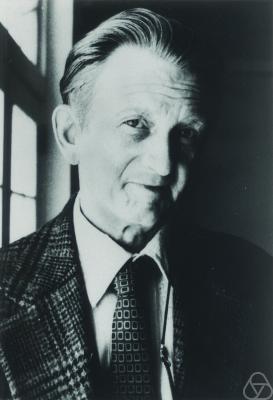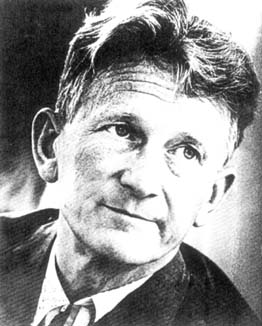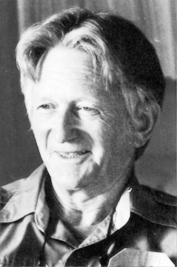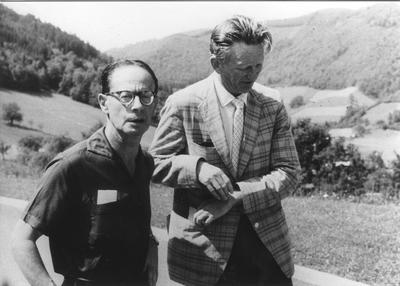<Back to Index>
- Mathematician Atle Selberg, 1917
- Writer Yasunari Kawabata, 1899
- 1st Commander of the Russian Baltic Fleet Admiral Cornelius Cruys, 1655
PAGE SPONSOR



Atle Selberg (14 June 1917 – 6 August 2007) was a Norwegian mathematician known for his work in analytic number theory, and in the theory of automorphic forms, in particular bringing them into relation with spectral theory. He was awarded the Fields Medal in 1950.
Selberg was born in Langesund, Norway. While he was still at school he was influenced by the work of Srinivasa Ramanujan and he discovered the exact analytical formula for the partition function as suggested by the works of Ramanujan, however, this result was first published by Hans Rademacher. During the war he fought against the German invasion of Norway, and was imprisoned several times. He studied at the University of Oslo and completed his Ph.D. in 1943.
During World War II, Selberg worked in isolation due to the German occupation of Norway. After the war his accomplishments became known, including a proof that a positive proportion of the zeros of the Riemann zeta function lie on the line  .
.
After the war he turned to sieve theory, a previously neglected topic which Selberg's work brought into prominence. In a 1947 paper he introduced the Selberg sieve, a method well adapted in particular to providing auxiliary upper bounds, and which contributed to Chen's theorem, among other important results.
In March 1948, Selberg established, by elementary means, the asymptotic formula
where
for primes p. By July of that year, Selberg and Paul Erdős had each obtained elementary proofs of the prime number theorem, both using Selberg's then unpublished asymptotic formula as a starting point. Circumstances leading up to the proofs, as well as publication disagreements, led to a bitter dispute between the two mathematicians.
For his fundamental accomplishments during the 1940s, Selberg received the 1950 Fields Medal. Selberg moved to the United States and settled at the Institute for Advanced Study in Princeton, New Jersey, in the 1950s where he remained until his death. During the 1950s he worked on introducing spectral theory into number theory, culminating in his development of the Selberg trace formula, the most famous and influential of his results. In its simplest form, this establishes a duality between the lengths of closed geodesics on a compact Riemann surface and the eigenvalues of the Laplacian, which is analogous to the duality between the prime numbers and the zeros of the zeta function. He was awarded the 1986 Wolf Prize in Mathematics. Selberg received many distinctions for his work in addition to the Fields Medal, the Wolf Prize and the Gunnerus Medal. He was elected to the Norwegian Academy of Science and Letters, the Royal Danish Academy of Sciences and Letters and the American Academy of Arts and Sciences. Selberg had two children, Ingrid Selberg and Lars Selberg. Ingrid Selberg is married to playwright Mustapha Matura. He died at home in Princeton on 6 August 2007 of heart failure.


